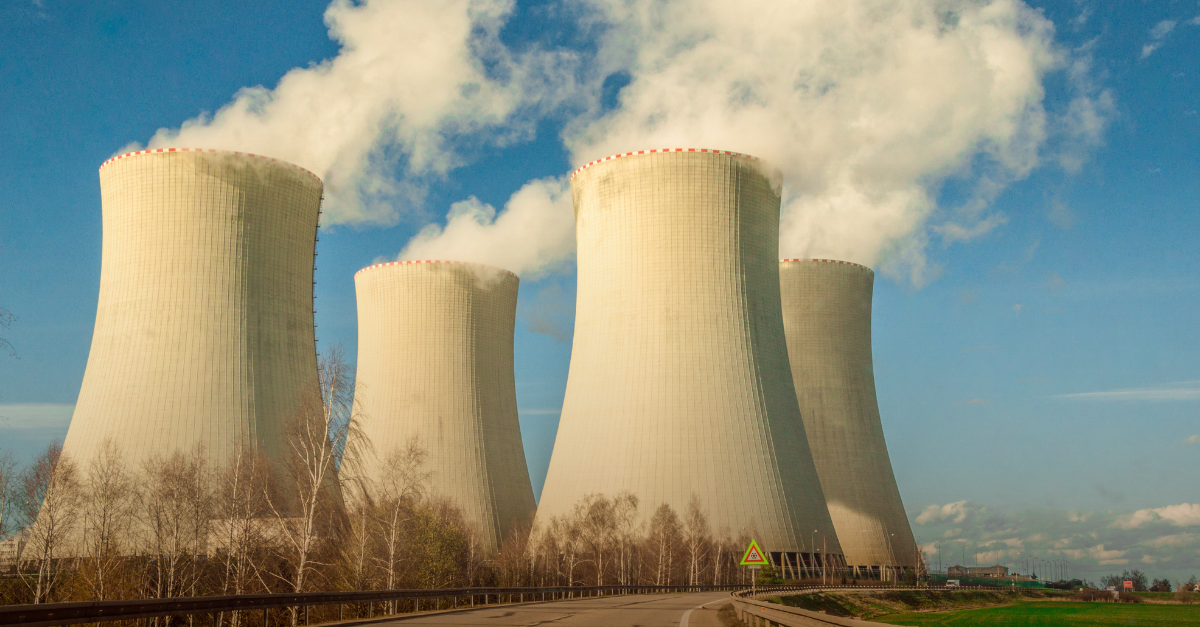Philippines Unveils Nuclear Energy Roadmap for 2030
Published: 11.12.2024
The Philippines has introduced a nuclear energy roadmap targeting 2030, led by the Department of Energy (DOE) to diversify the nation’s energy mix. With nuclear power’s low-carbon and high-output capabilities, the government sees it as a strategic option to meet the rising energy demands of its growing population while reducing dependency on imported fuel and lower greenhouse gas emissions.
While renewable sources like wind and solar are expanding, their intermittent nature poses challenges to maintaining a stable grid, nuclear power offers a reliable base-load energy supply to address these issues and contribute to a cleaner energy transition.

The Philippines is collaborating with South Korea and the United States to leverage technical expertise and ensure safety standards, including a feasibility study on the dormant Bataan Nuclear Power Plant, assessing its potential for reactivation as a fast-tracked option for nuclear integration.
Additionally, the DOE is focused on establishing an independent regulatory authority to ensure strict adherence to safety and environmental standards throughout the nuclear rollout. Plans include deploying small modular reactors by 2032, with a phased capacity growth aimed at reaching 4,800 MW by 2050.
Yet, the Philippine government remains mindful of several critical concerns tied to nuclear power with public safety and perception top of the list. nuclear energy remains a sensitive topic given high-profile incidents in other countries. Waste management and disposal are also major considerations; managing nuclear waste safely and sustainably requires thorough planning and infrastructure, which the government pledges to develop under international standards.
The government acknowledges the significant upfront investment required and is investing in training programs to develop a skilled nuclear workforce capable of managing these advanced technologies. Through these measures, the Philippine government is working to balance energy security with safety, transparency, and environmental responsibility, positioning nuclear power as a pivotal component of the nation’s sustainable energy landscape for the future.


.png)

